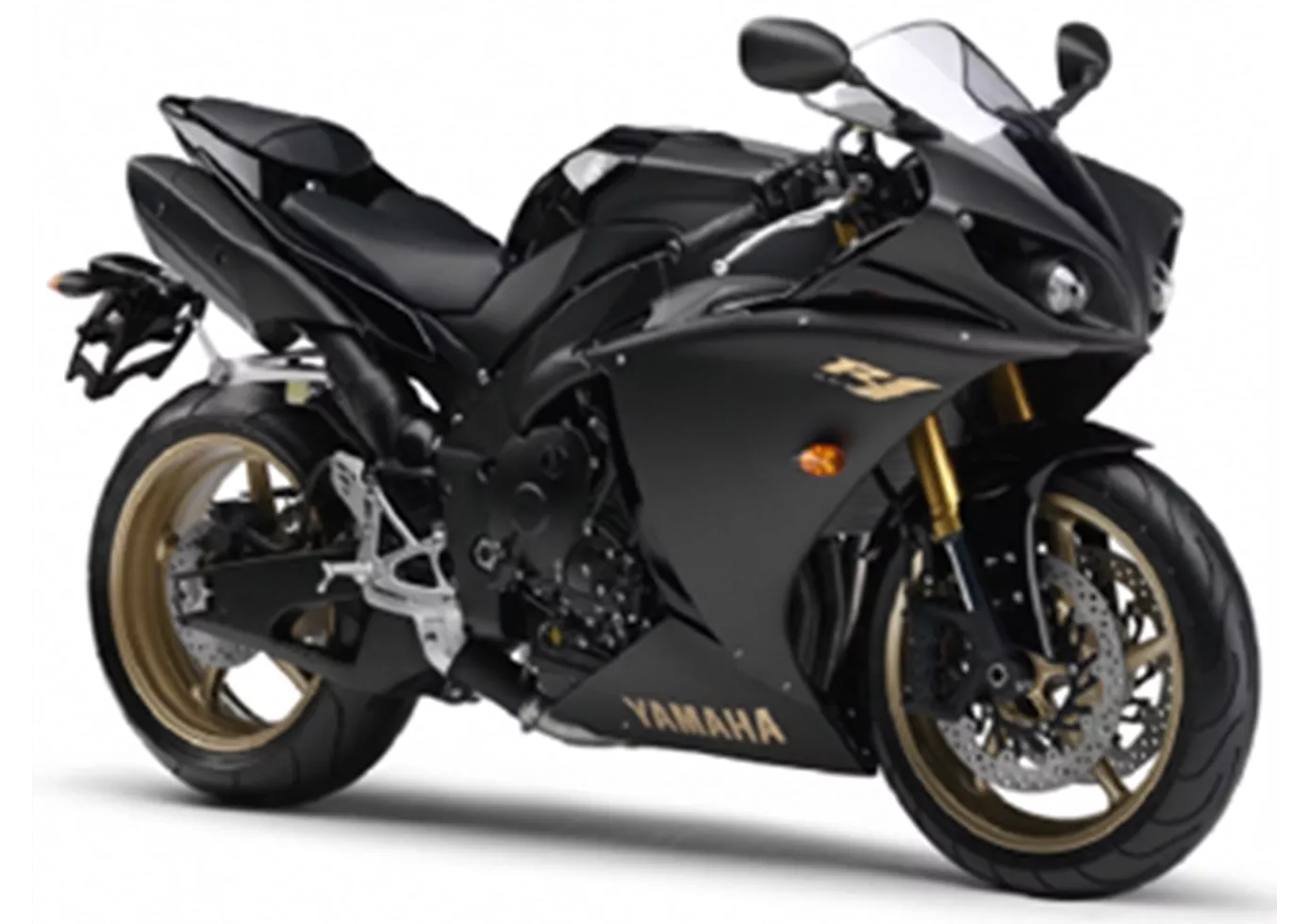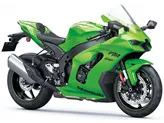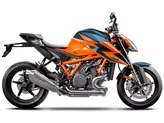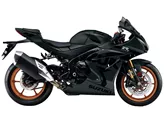Yamaha R1 2010 vs. Suzuki GSX-R 1000 R 2017

Yamaha R1 2010

Suzuki GSX-R 1000 R 2017
Overview - Yamaha R1 2010 vs Suzuki GSX-R 1000 R 2017
The Yamaha R1 model year 2010 and the Suzuki GSX-R 1000 R model year 2017 are both supersport motorcycles with impressive technical specifications.
Starting with the Yamaha R1 2010, it is equipped with a 998cc engine that delivers 181 horsepower and 115.5 Nm of torque. The engine features four cylinders and four valves per cylinder, with a bore of 78 mm and a stroke of 52.2 mm. The R1's engine is known for its strong performance and sophisticated character. The bike also features a DOHC valve system, which enhances its overall performance.
In terms of suspension, the Yamaha R1 2010 is equipped with an upside-down telescopic fork at the front, providing good stability and control. The frame of the R1 is made of aluminum and has a Deltabox design, which contributes to its overall agility and handling. The braking system of the R1 is also noteworthy, with double disk brakes at the front ensuring optimal stopping power.

Yamaha R1 2010
In terms of dimensions and weights, the Yamaha R1 2010 has a front tire width of 120 mm and a rear tire width of 190 mm, both with a diameter of 17 inches. The wheelbase measures 1415 mm, providing stability and control. The seat height is 835 mm, offering a comfortable riding position. The fuel tank capacity is 18 liters, allowing for longer rides without frequent refueling.
Moving on to the Suzuki GSX-R 1000 R 2017, it is equipped with a 999cc engine that delivers an impressive 202 horsepower and 118 Nm of torque. The engine features four cylinders and four valves per cylinder, with a bore of 76 mm and a stroke of 55.1 mm. The GSX-R 1000 R's engine is known for its high-revving nature and smooth power delivery.
In terms of suspension, the Suzuki GSX-R 1000 R 2017 also features an upside-down telescopic fork at the front, providing excellent stability and control. The frame of the GSX-R 1000 R is made of aluminum and has a twin tube, twin-spar design, which enhances its overall rigidity and handling. The braking system is similar to the Yamaha R1, with double disk brakes at the front ensuring optimal stopping power.
In terms of dimensions and weights, the Suzuki GSX-R 1000 R 2017 has the same front and rear tire width and diameter as the Yamaha R1 2010, with 120 mm and 190 mm respectively, and both with a diameter of 17 inches. The wheelbase measures 1410 mm, providing stability and control similar to the R1. The seat height is slightly lower at 825 mm, offering a slightly more compact riding position. The fuel tank capacity is 17.5 liters, slightly smaller than the R1.

Suzuki GSX-R 1000 R 2017
In terms of strengths, the Yamaha R1 2010 is known for its strong engine performance, sophisticated engine character, optimal braking system, and comfortable seating position. On the other hand, the Suzuki GSX-R 1000 R 2017 is praised for its high-revving engine, smooth torque curve, stability on corner exit and radius, great quickshifter, high-quality chassis, and excellent performance on fast tracks.
However, the Yamaha R1 2010 does have some weaknesses, including suboptimal suspension elements, lower peak power compared to the GSX-R 1000 R, slightly weak traction, and a higher weight. On the other hand, the Suzuki GSX-R 1000 R 2017 has a couple of weaknesses, including the engine brake not being adjustable and the wheely control being linked to the traction control.
In conclusion, both the Yamaha R1 2010 and the Suzuki GSX-R 1000 R 2017 are impressive supersport motorcycles with their own strengths and weaknesses. The Yamaha R1 2010 excels in engine performance and braking, while the Suzuki GSX-R 1000 R 2017 shines in terms of high-revving engine and stability on the track. Ultimately, the choice between the two will depend on the rider's preferences and priorities.
Technical Specifications Yamaha R1 2010 compared to Suzuki GSX-R 1000 R 2017
Pros and Cons in comparison
Pros and Cons in comparison
Yamaha R1 2010

The current engine in the R1 scores points above all with its unmistakable sound, very transparent response and linear power delivery. In terms of peak power, however, Yamaha had to cut back a little.
Suzuki GSX-R 1000 R 2017

Suzuki has done a great job with the GSX-R 1000 R 2017. A powerful motorbike with a fabulously smooth torque curve. Actually unbelievable at 202 hp! The chassis is of high quality and the electronics package has no tinsel but delivers top performance.
Price Comparison Avarage Market Price Yamaha R1 vs Suzuki GSX-R 1000 R
There are a few key differences between a Yamaha R1 2010 and a Suzuki GSX-R 1000 R 2017. There are the same number of bikes of both models available on the 1000PS.de marketplace, specifically 5. It takes less time to sell a Yamaha R1 with 53 days compared to 176 days for a Suzuki GSX-R 1000 R. Since model year 2005 1000PS.de editors have written 80 reviews for the Yamaha R1 and 13 reviews for the Suzuki GSX-R 1000 R since model year 2017. The first review for the Yamaha R1 was published on 28/04/2003 and now has more than 3,900 views. This compares to more than 197,700 views for the first review on Suzuki GSX-R 1000 R published on 04/10/2016.




















